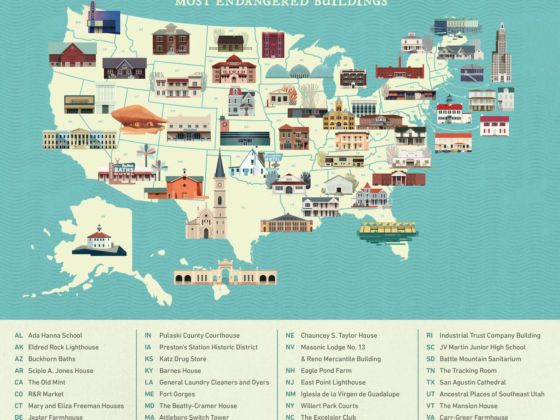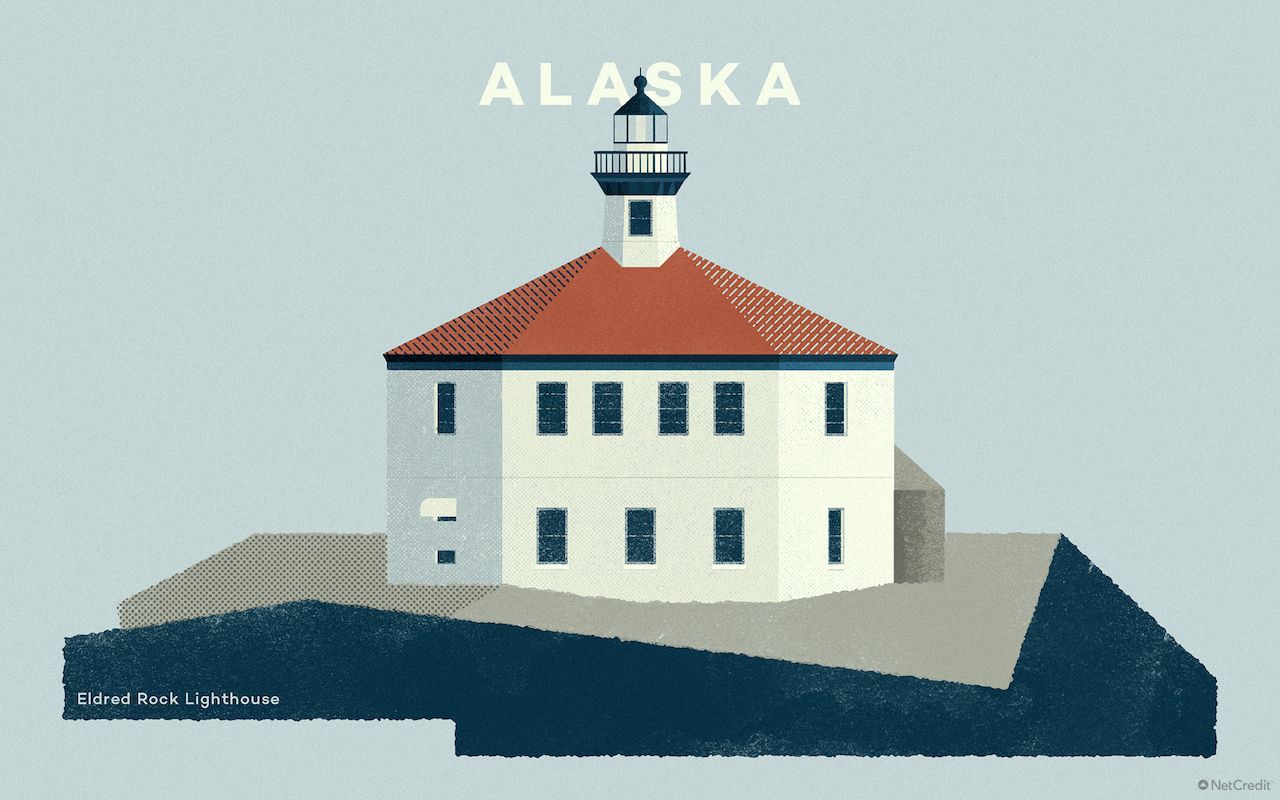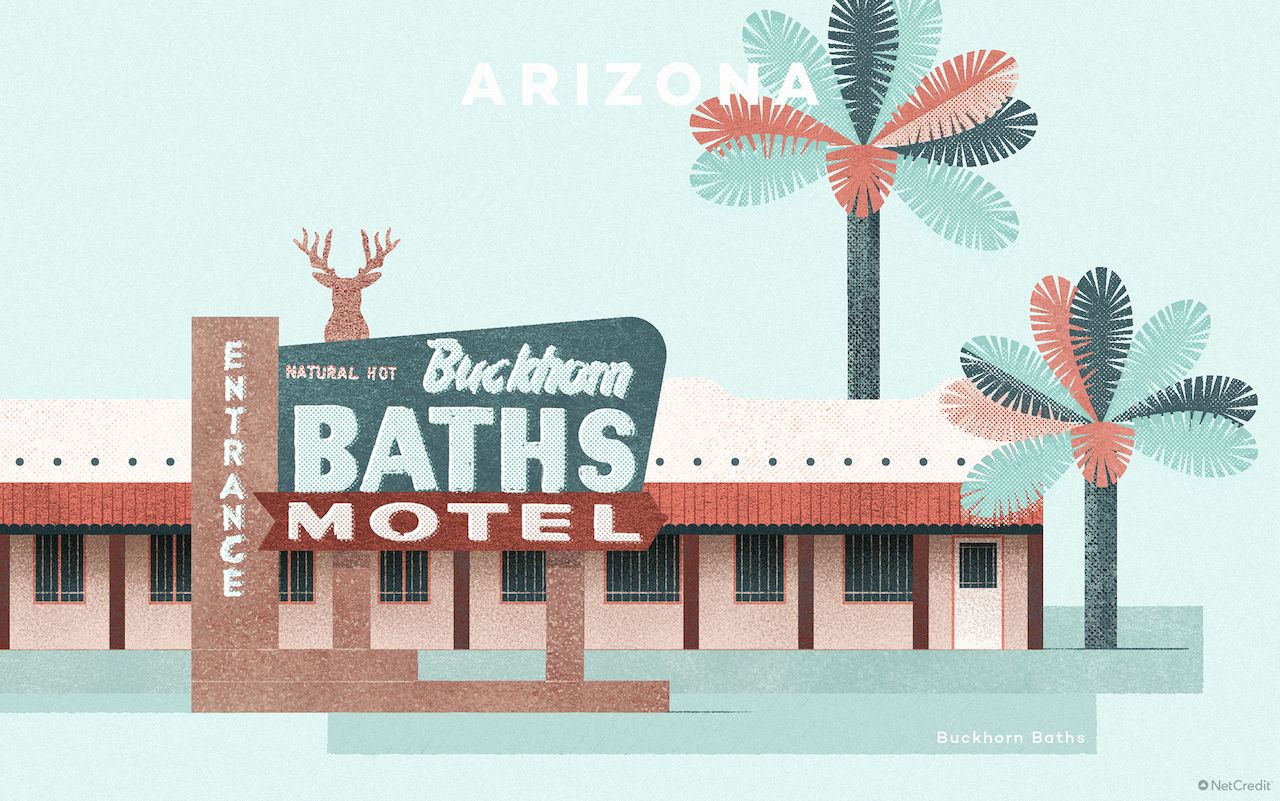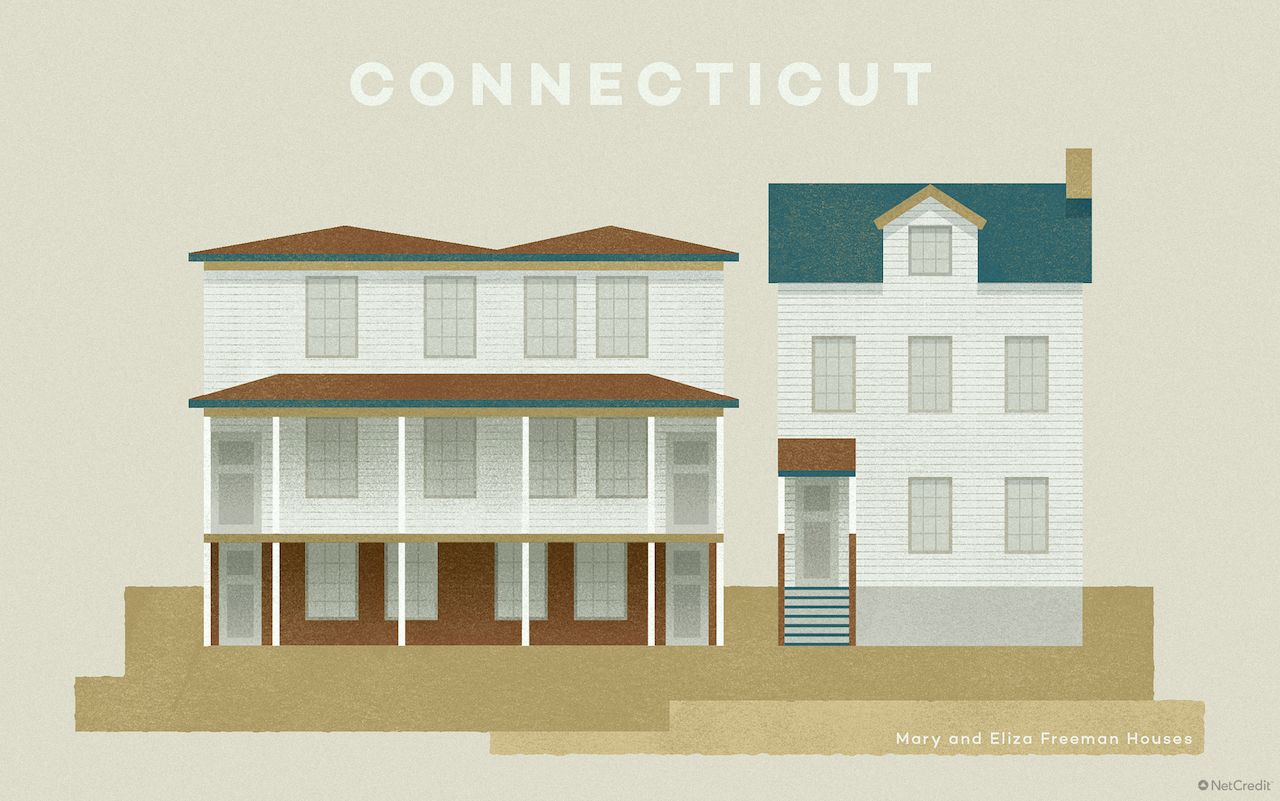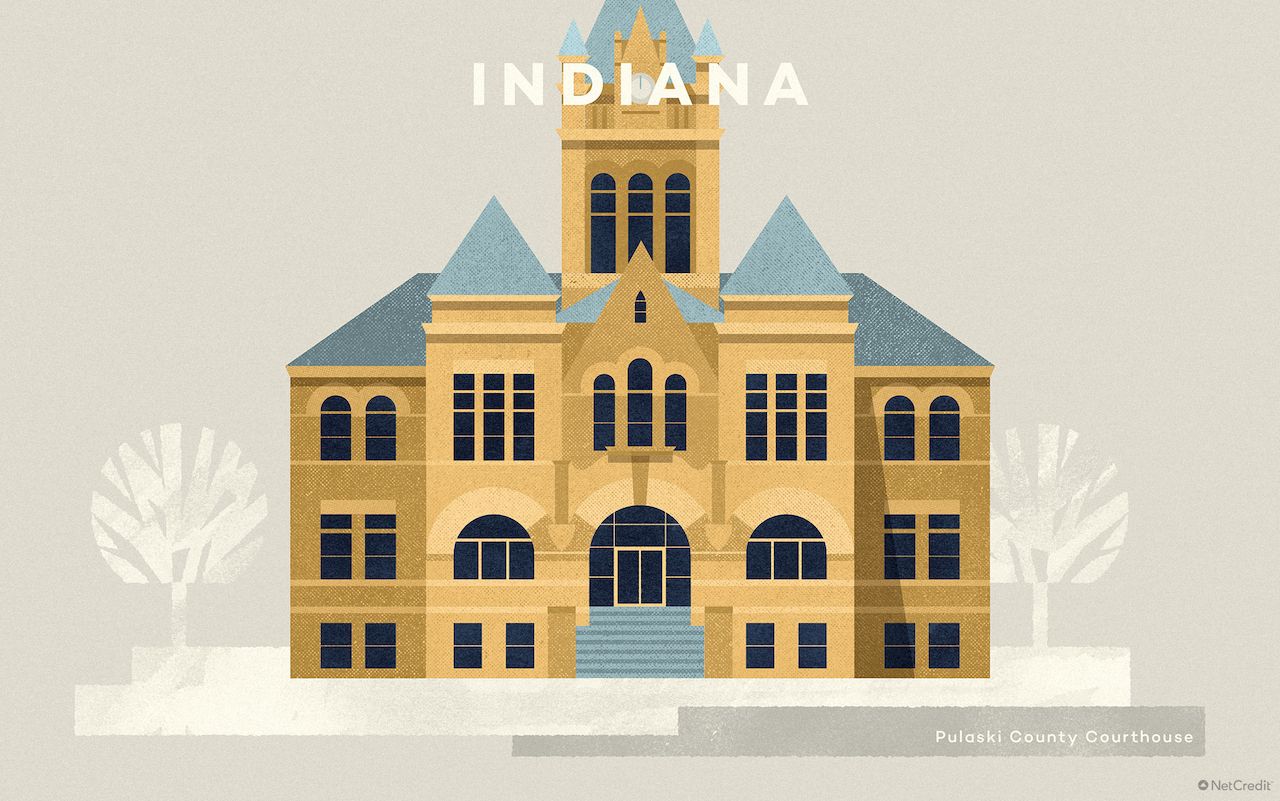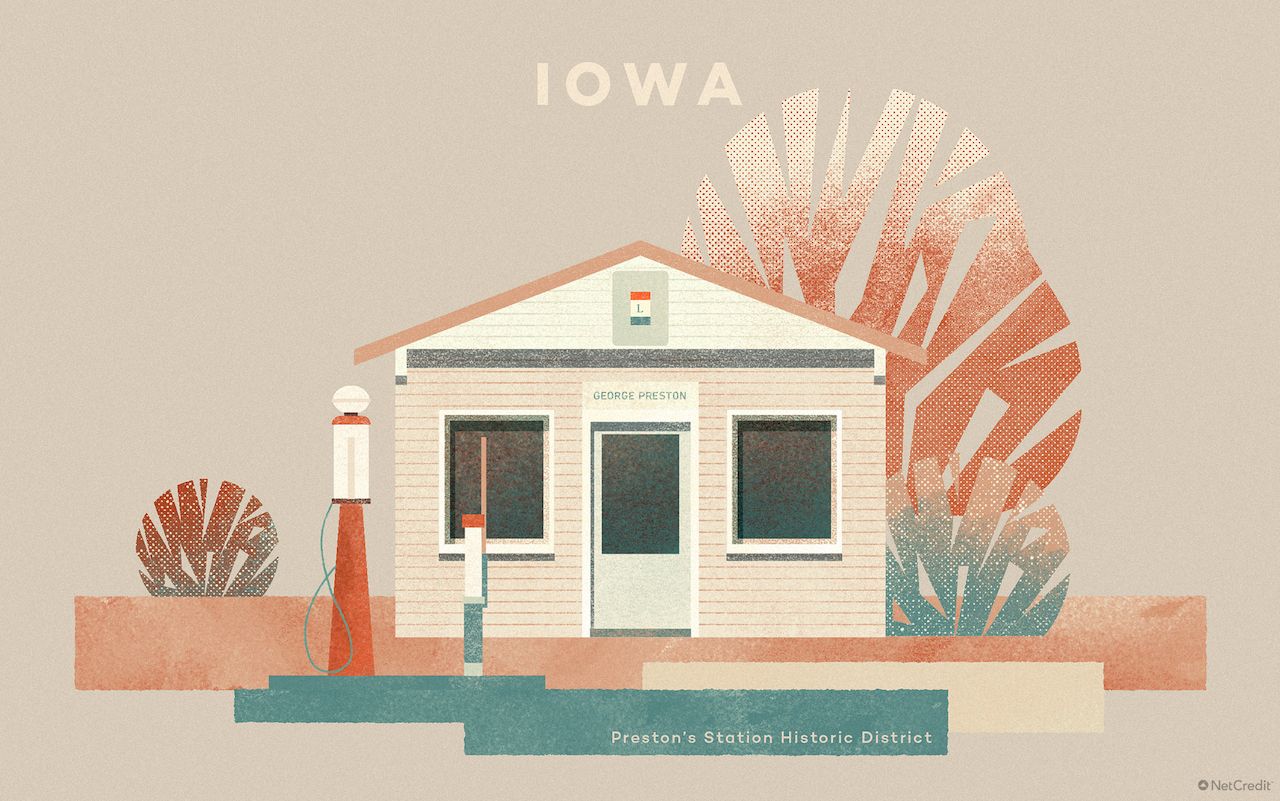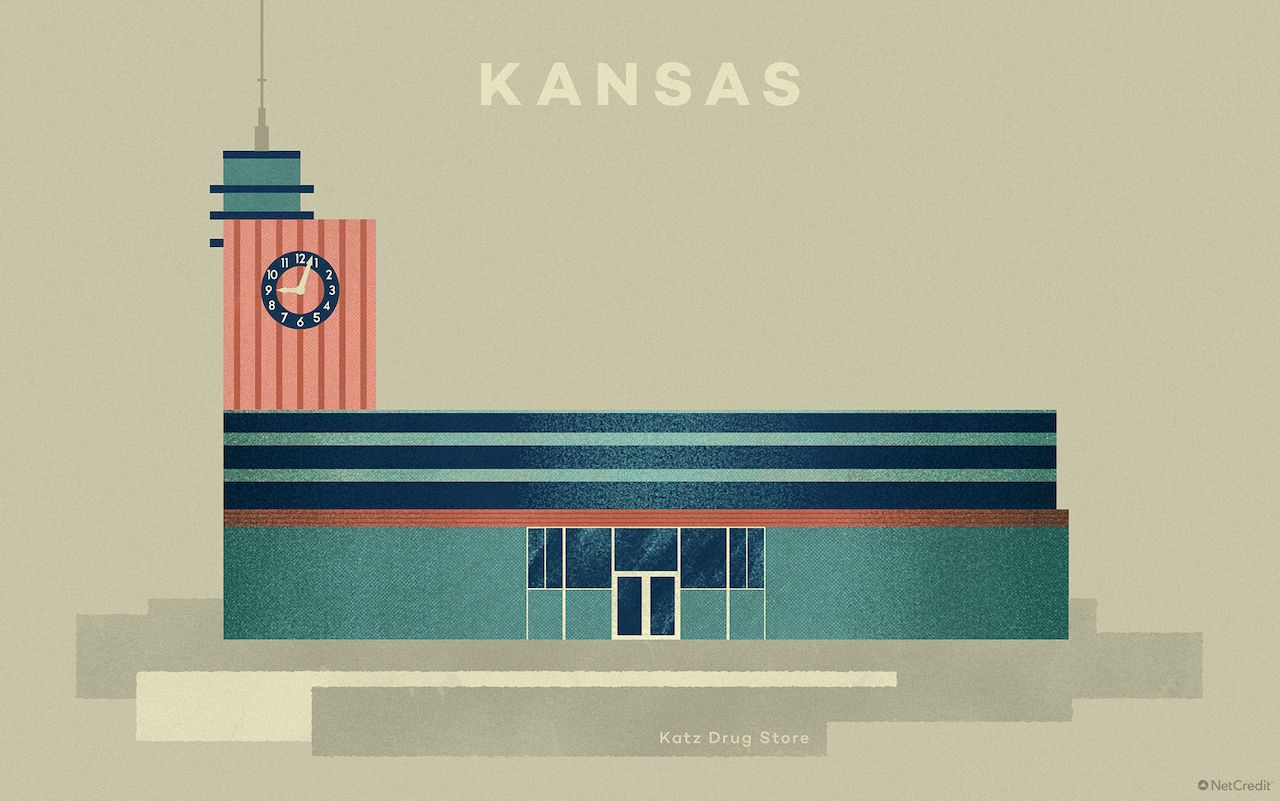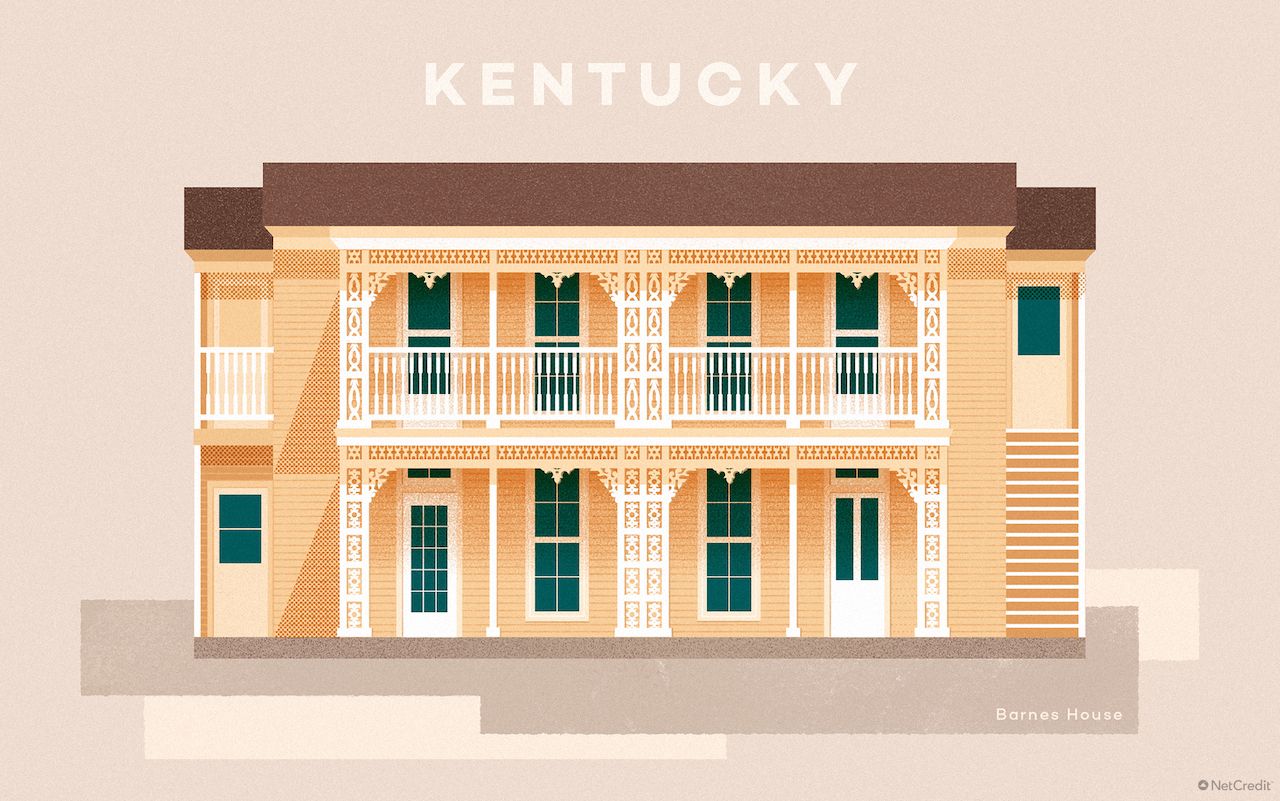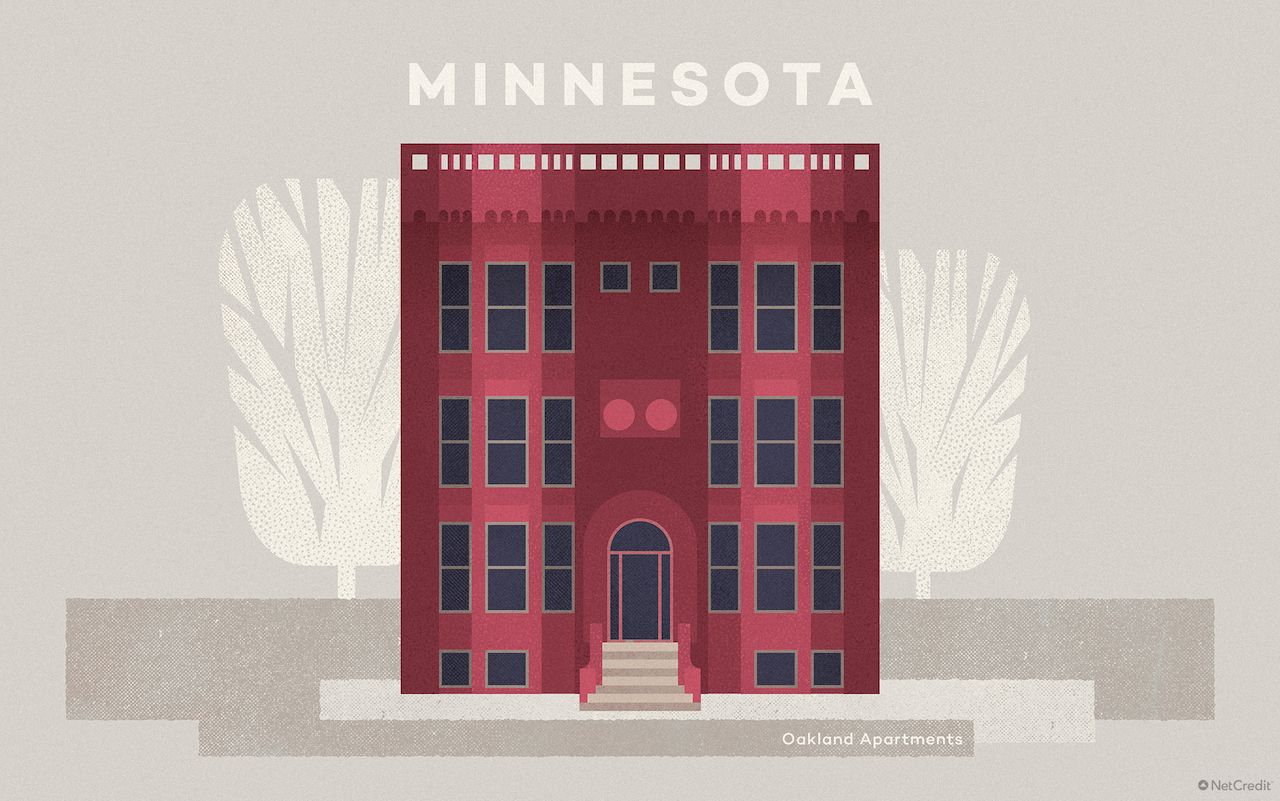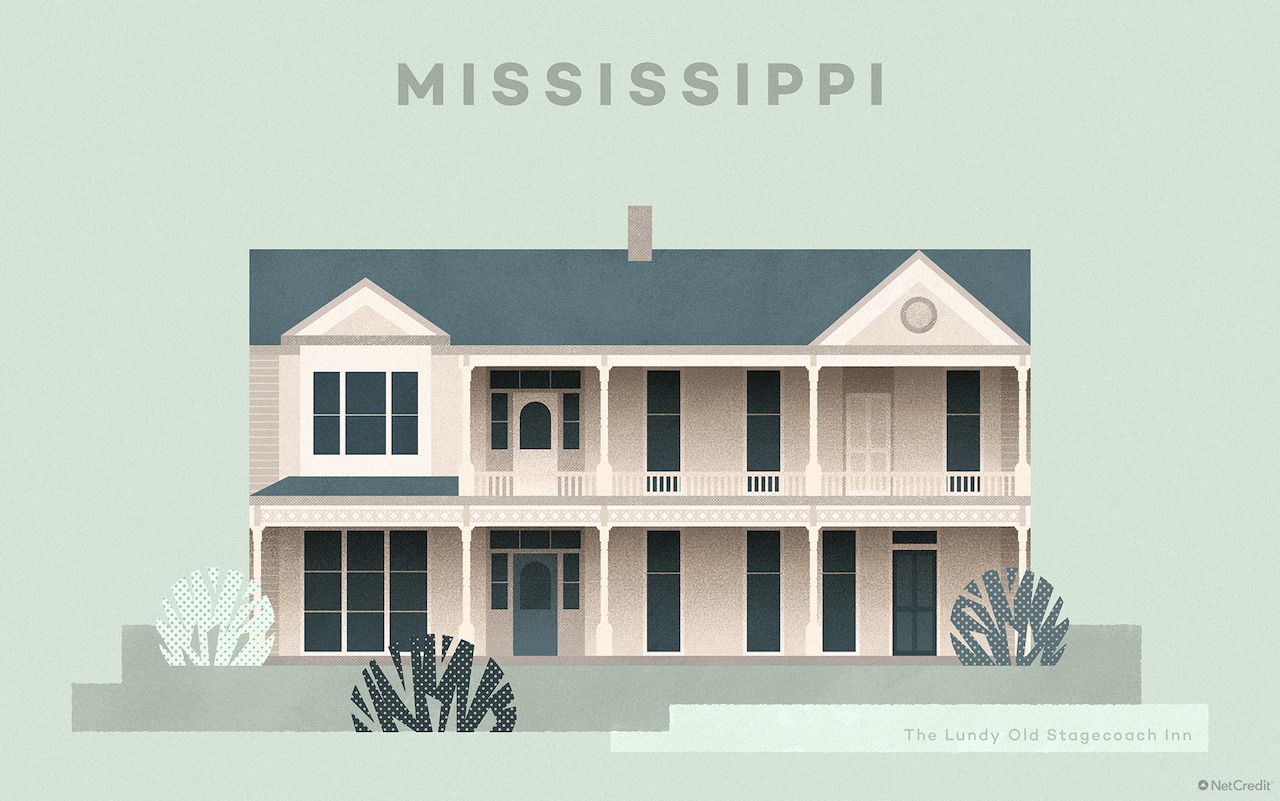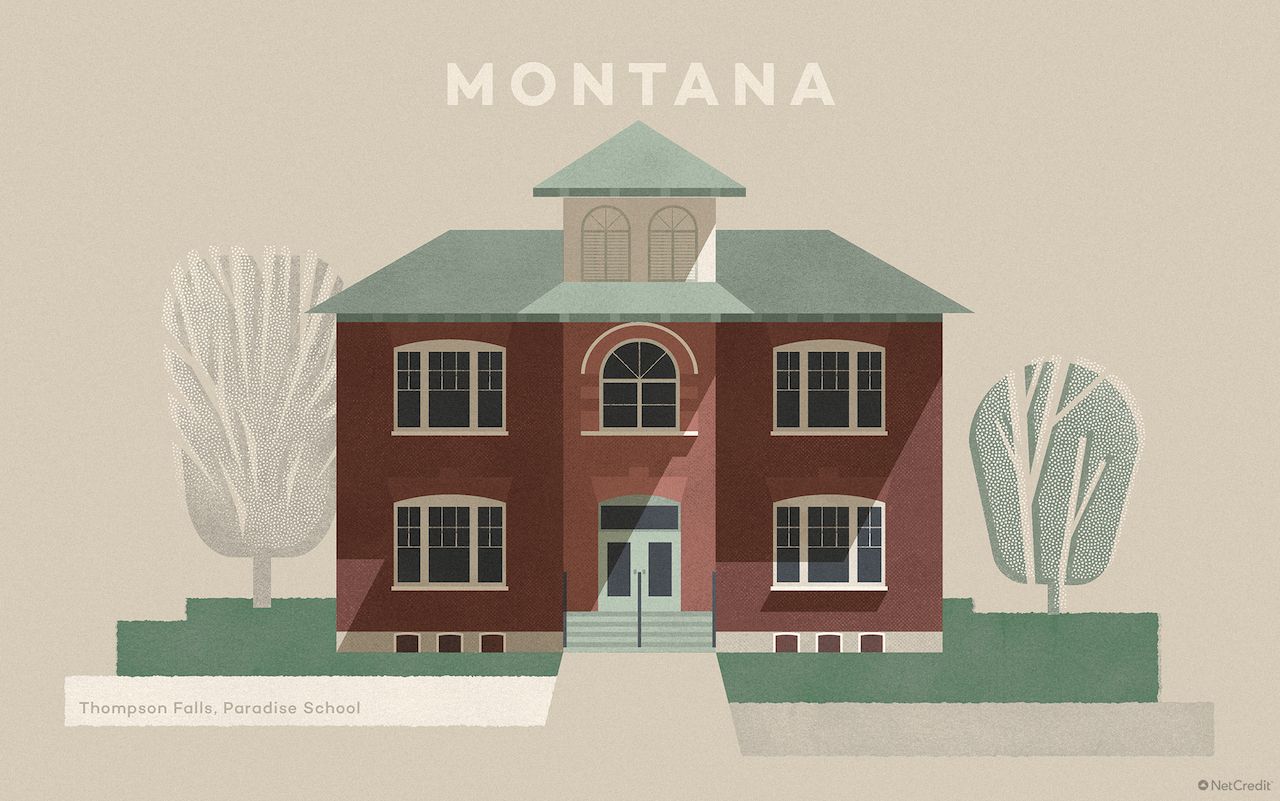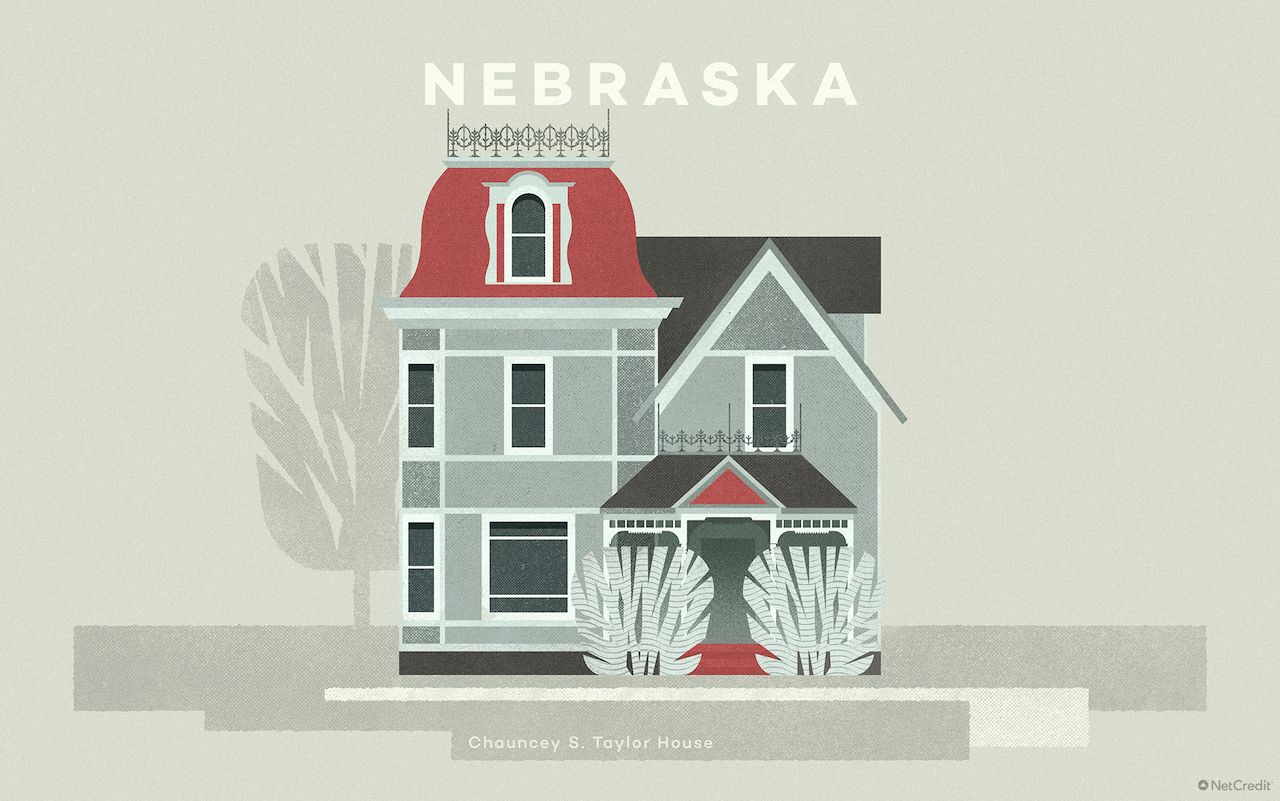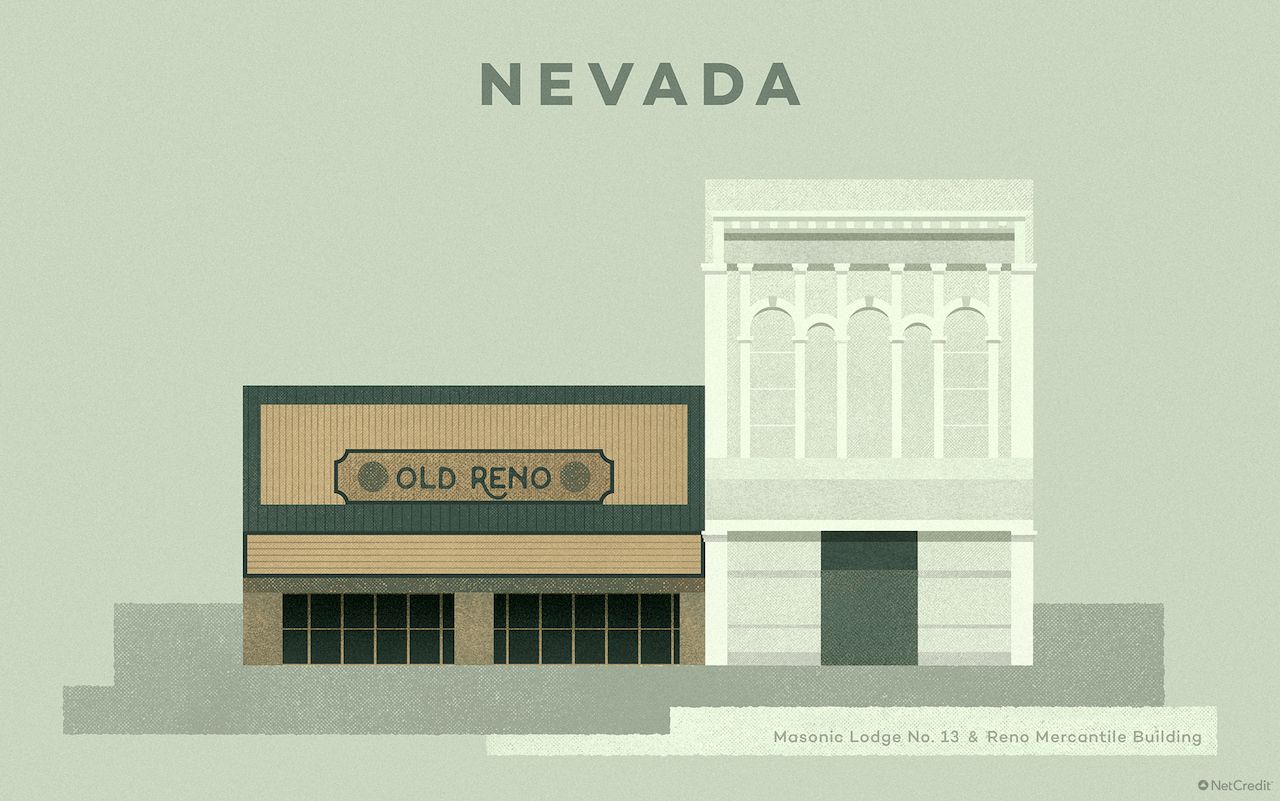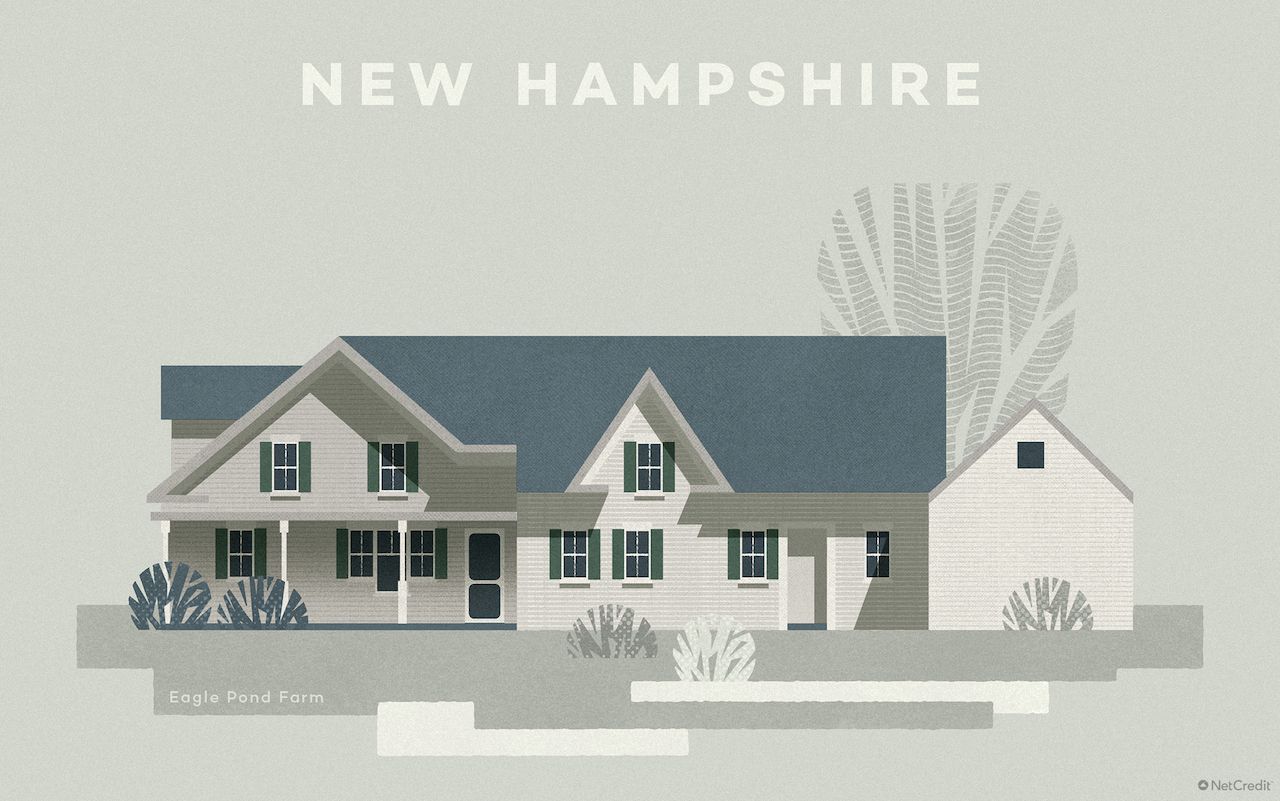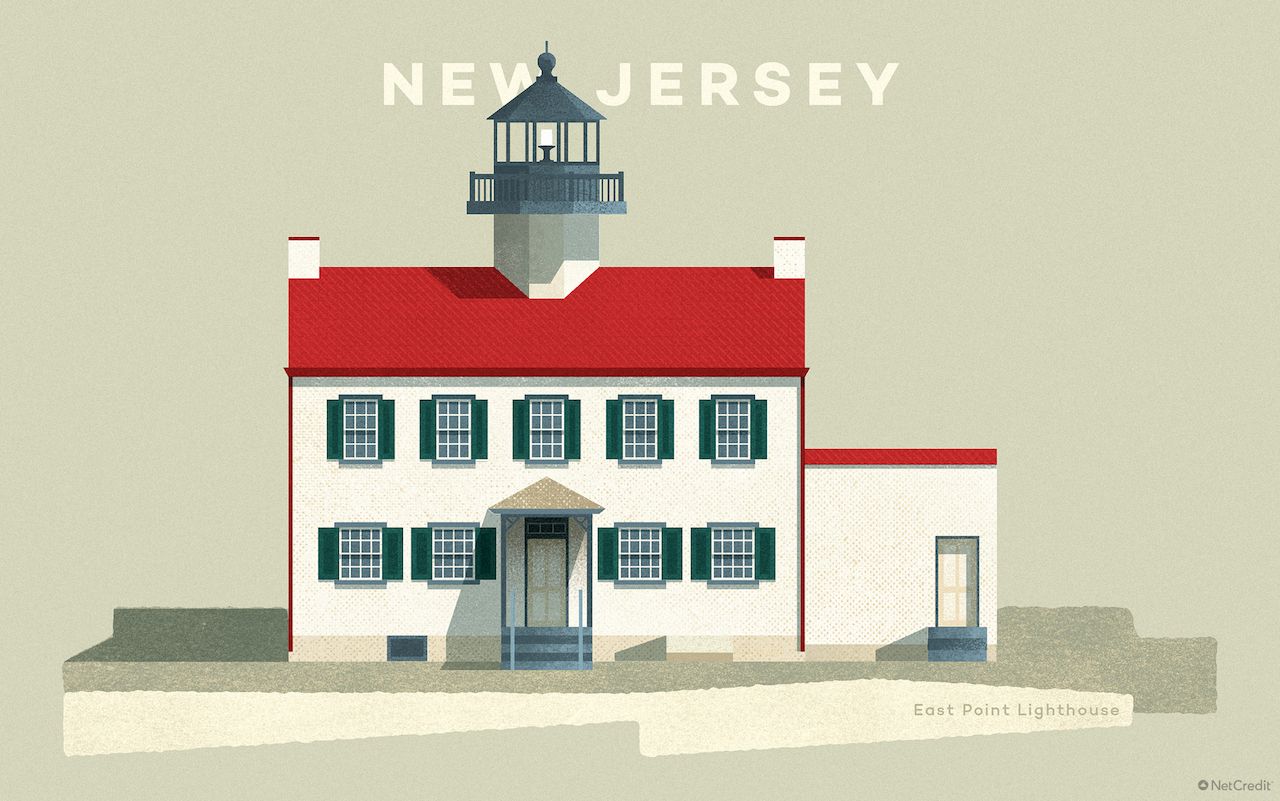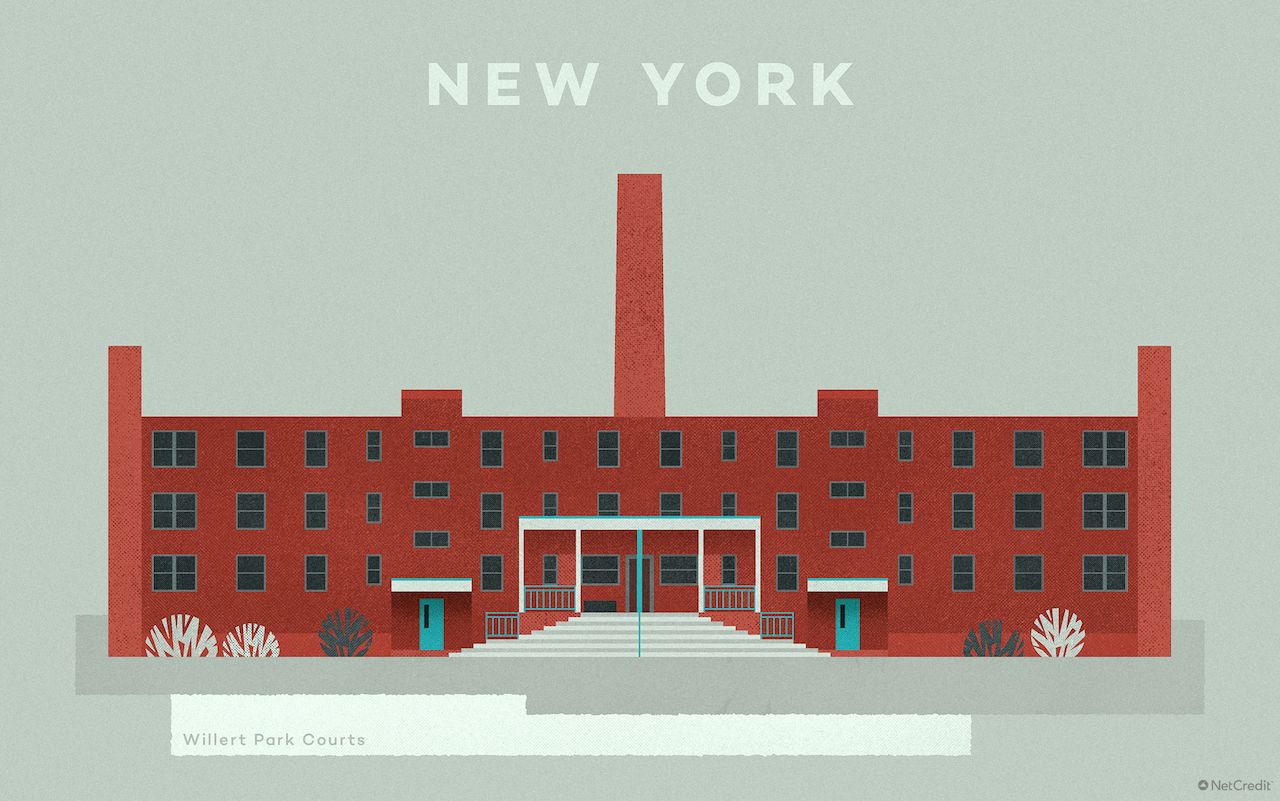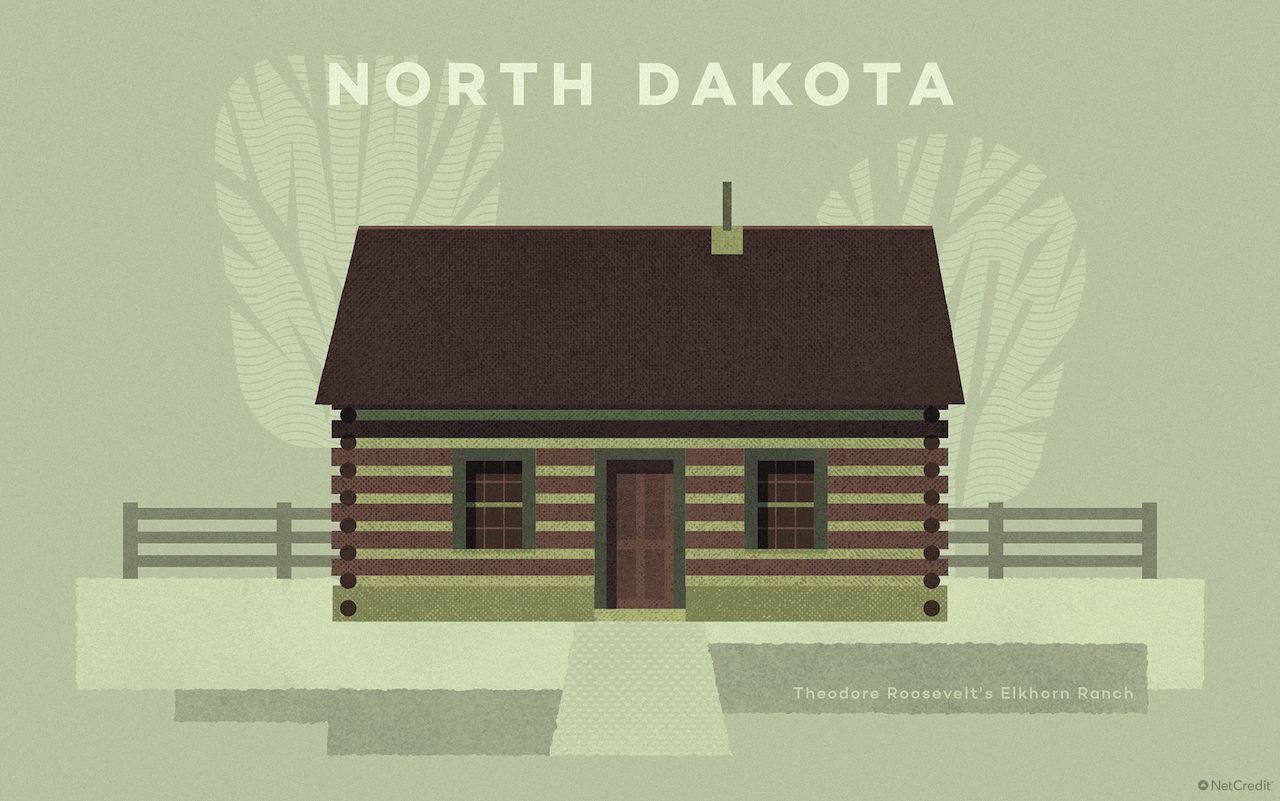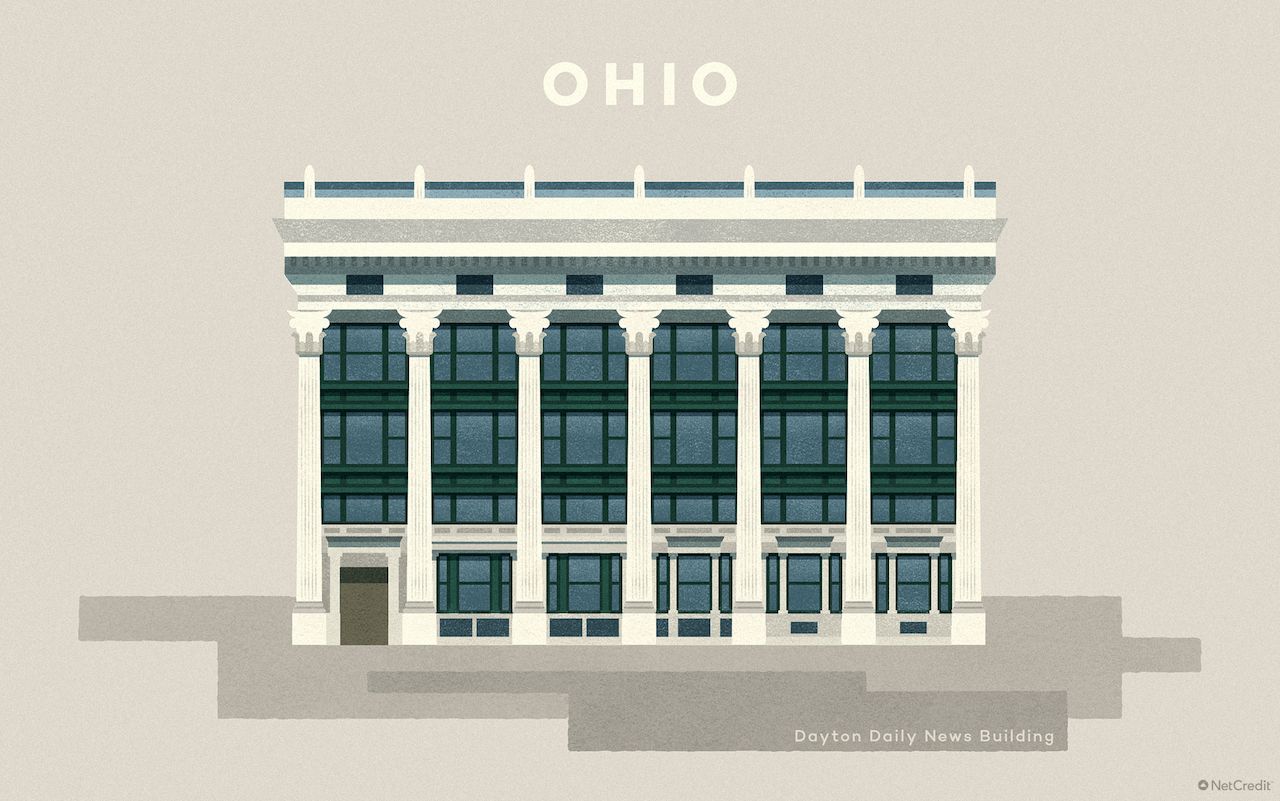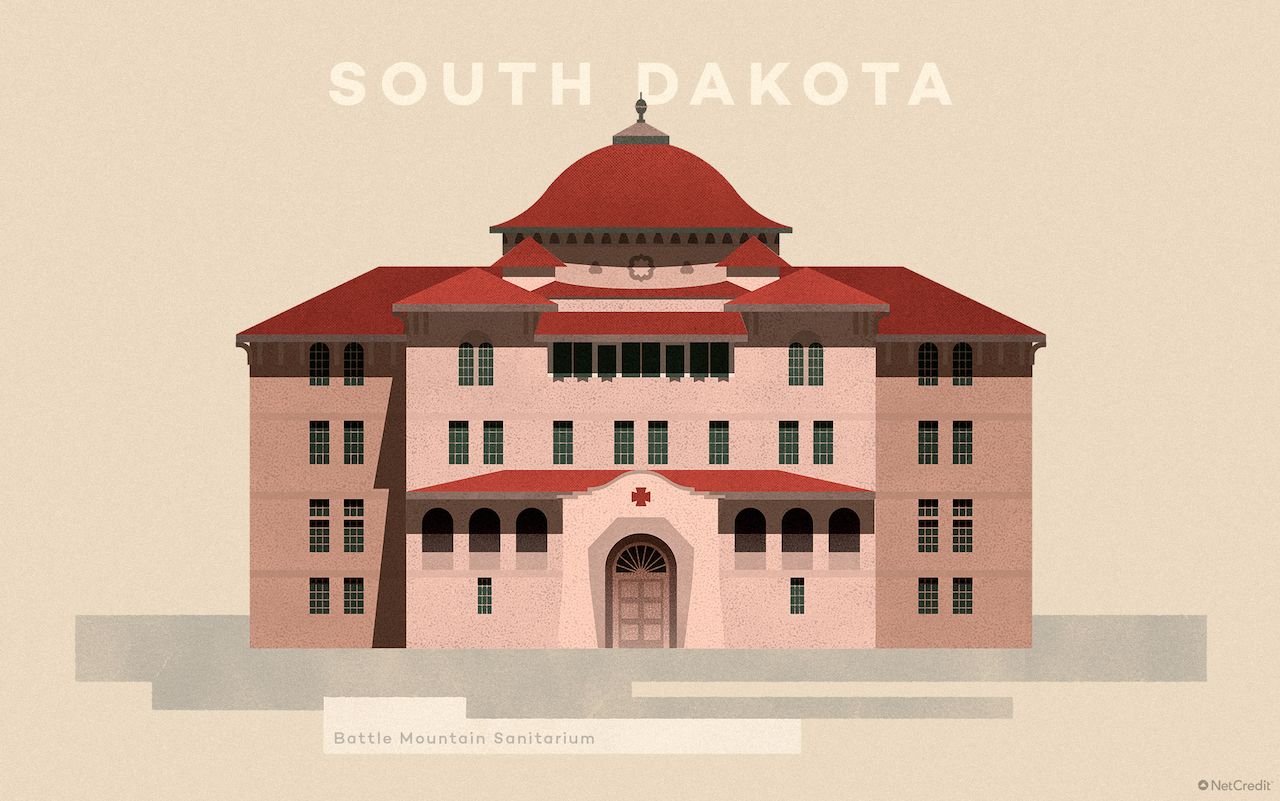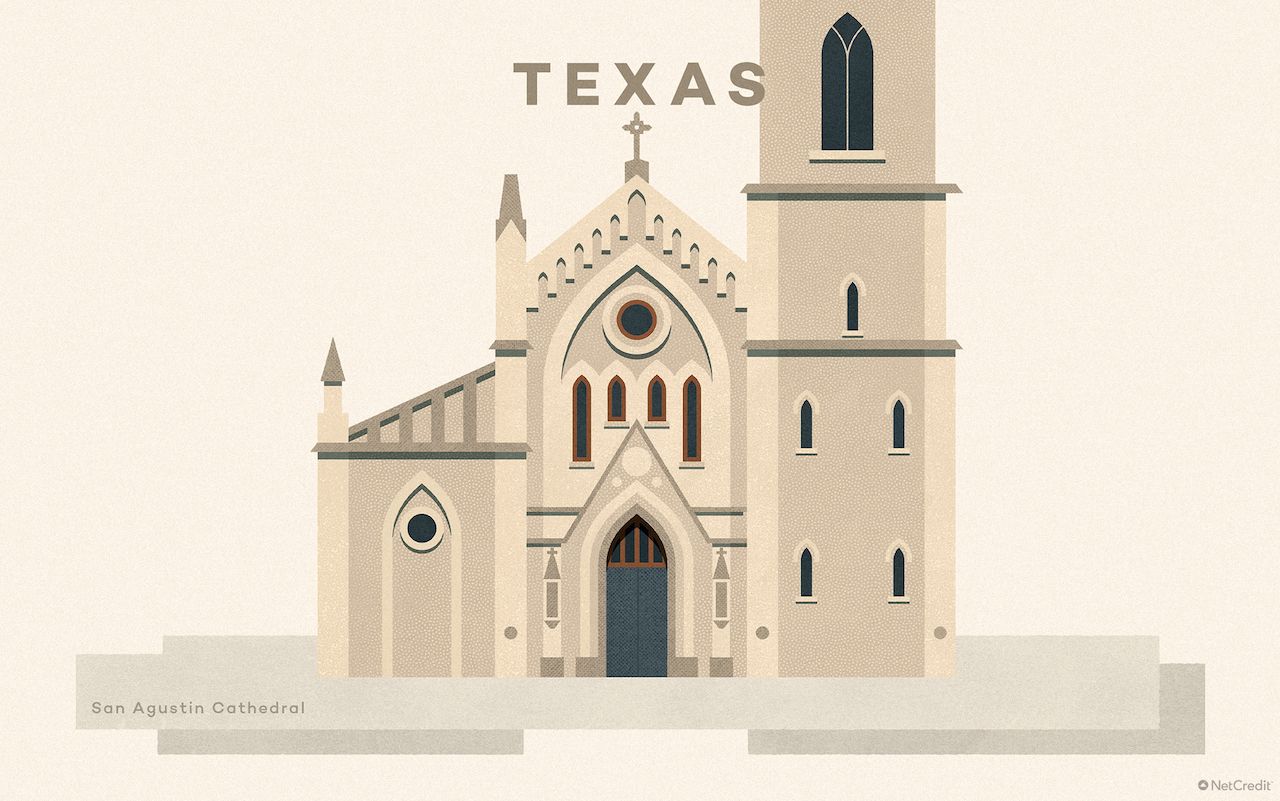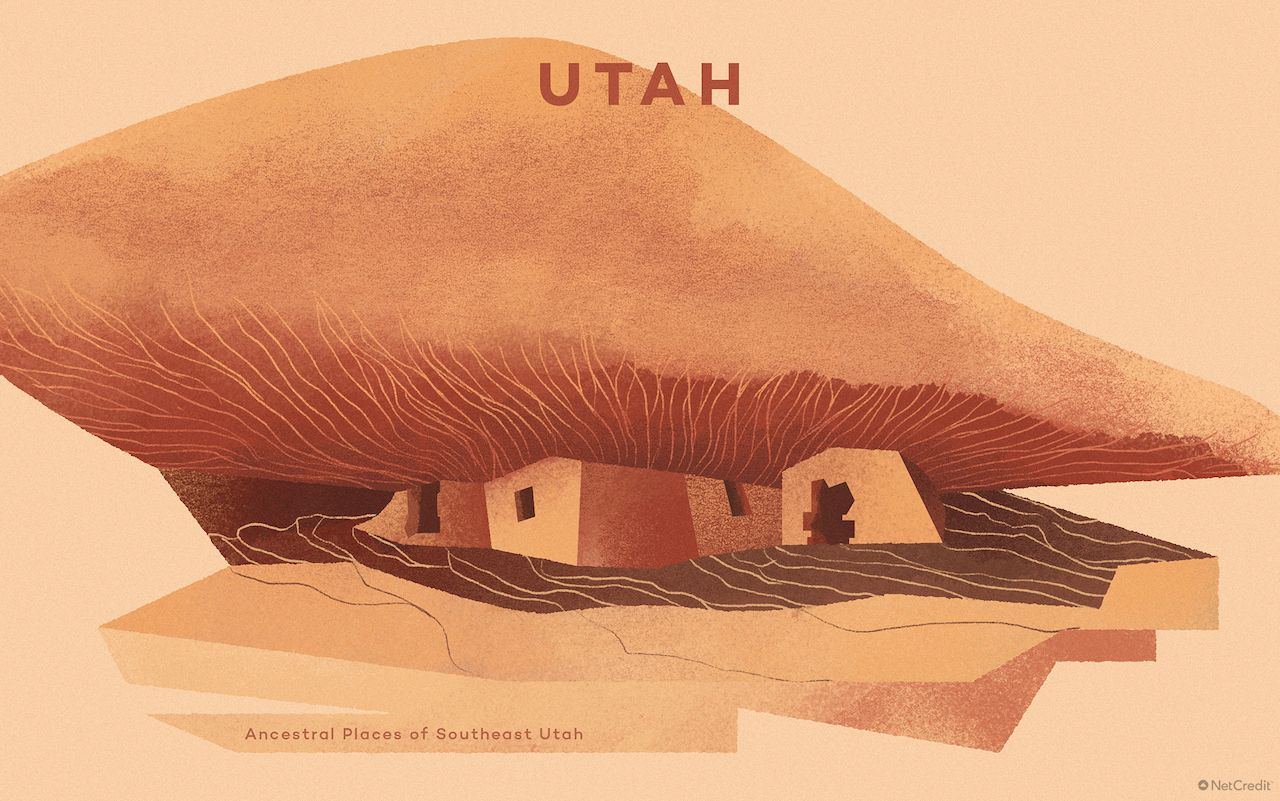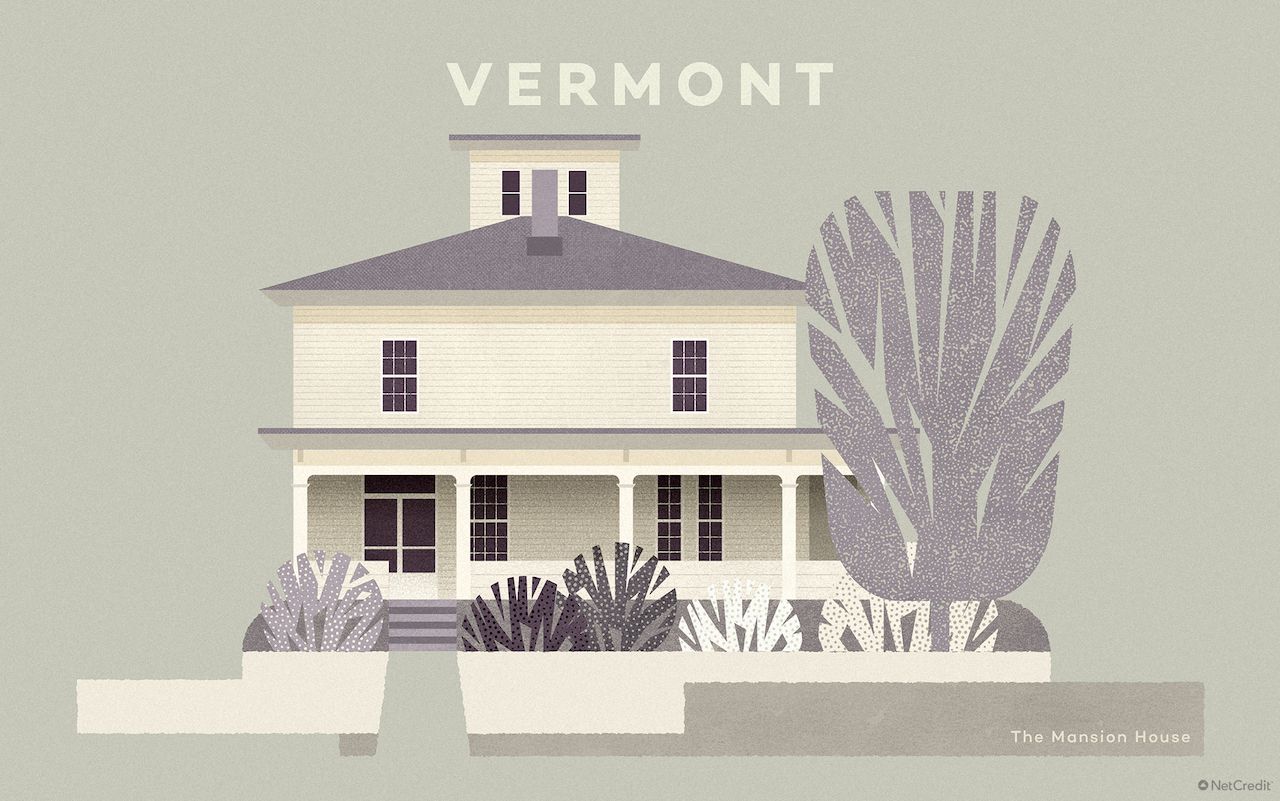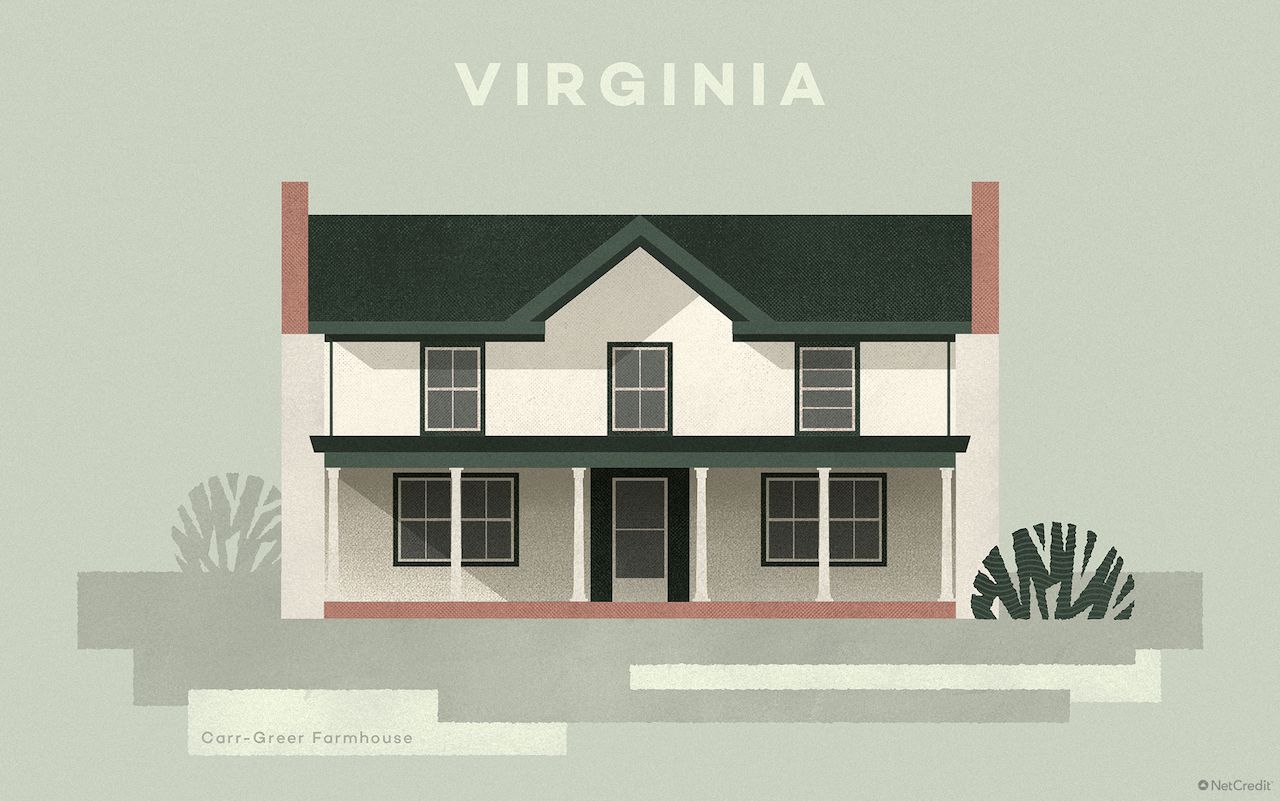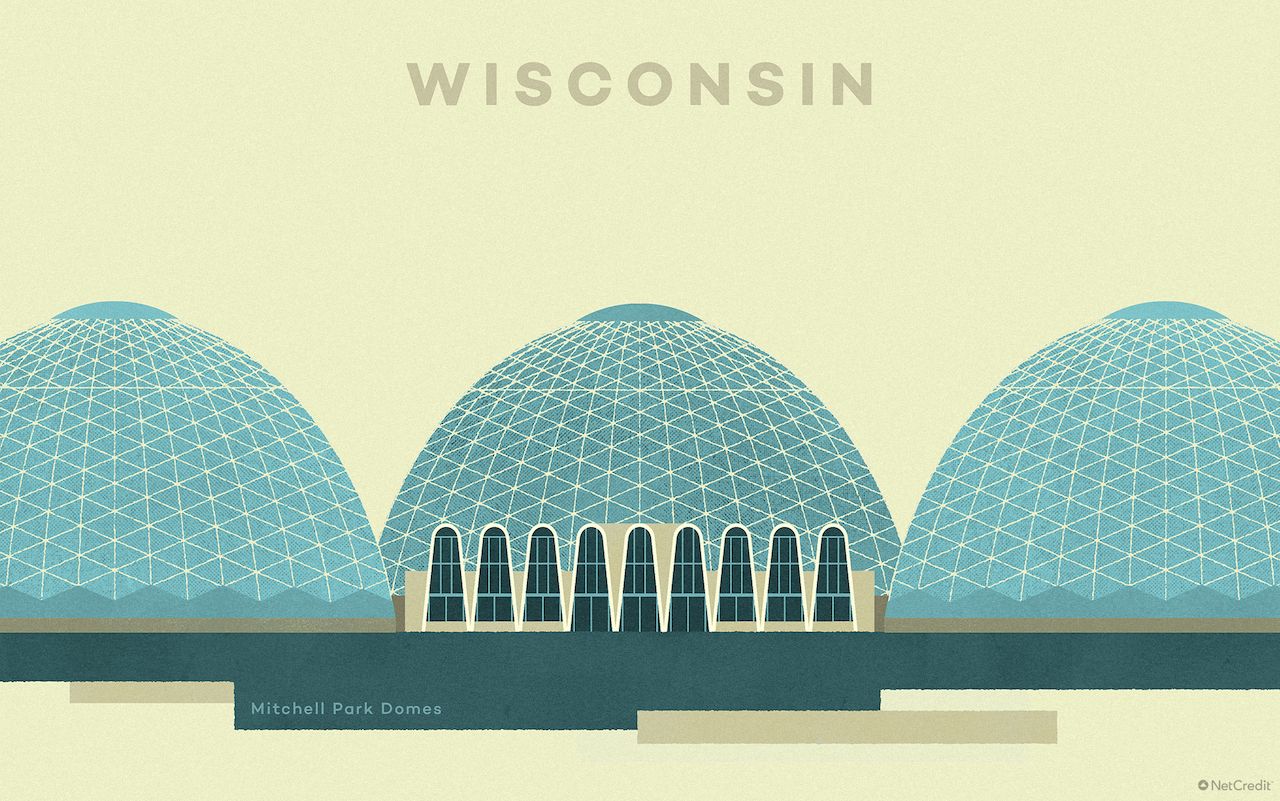Progress always comes with a cost. In a perpetually changing country, often that cost comes in the form of beloved buildings with important places in history. Who hasn’t seen a favorite bar demolished for a shopping mall, or watched a centuries-old school house decay past the point of repair? Though many land on the National Register of Historic Places — and some are even deemed monuments — maintenance costs can be too high, and the upside of tearing down too great.
NetCredit perused registers of endangered buildings, finding one in each state it believed to be the most endangered. In one case, it was a little too right, and by the time the map was published the Tyler County Poor Farm in West Virginia had already been torn down. Nonetheless, in those states we found ones still standing that can use some help, as we present the most endangered building in every state.
